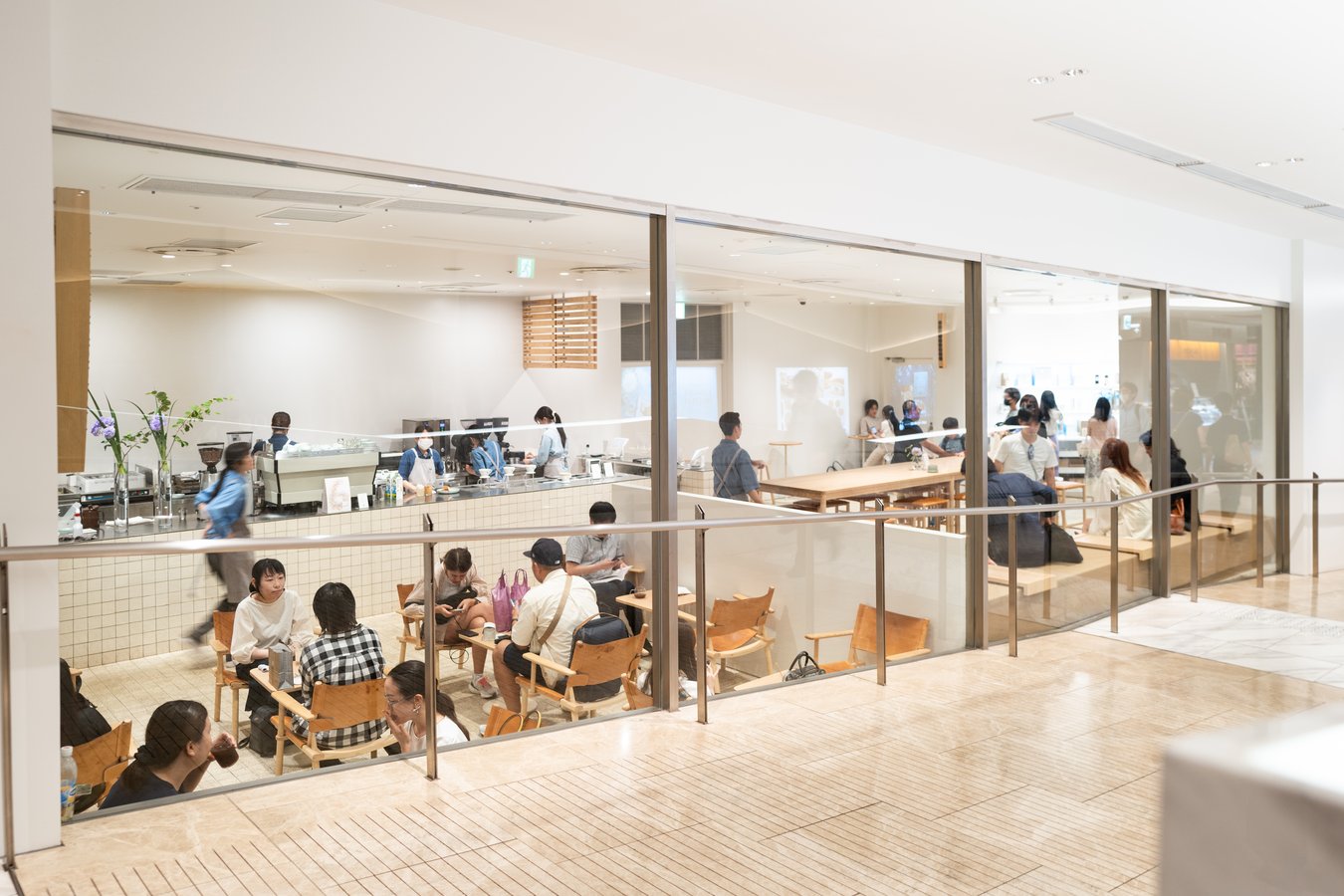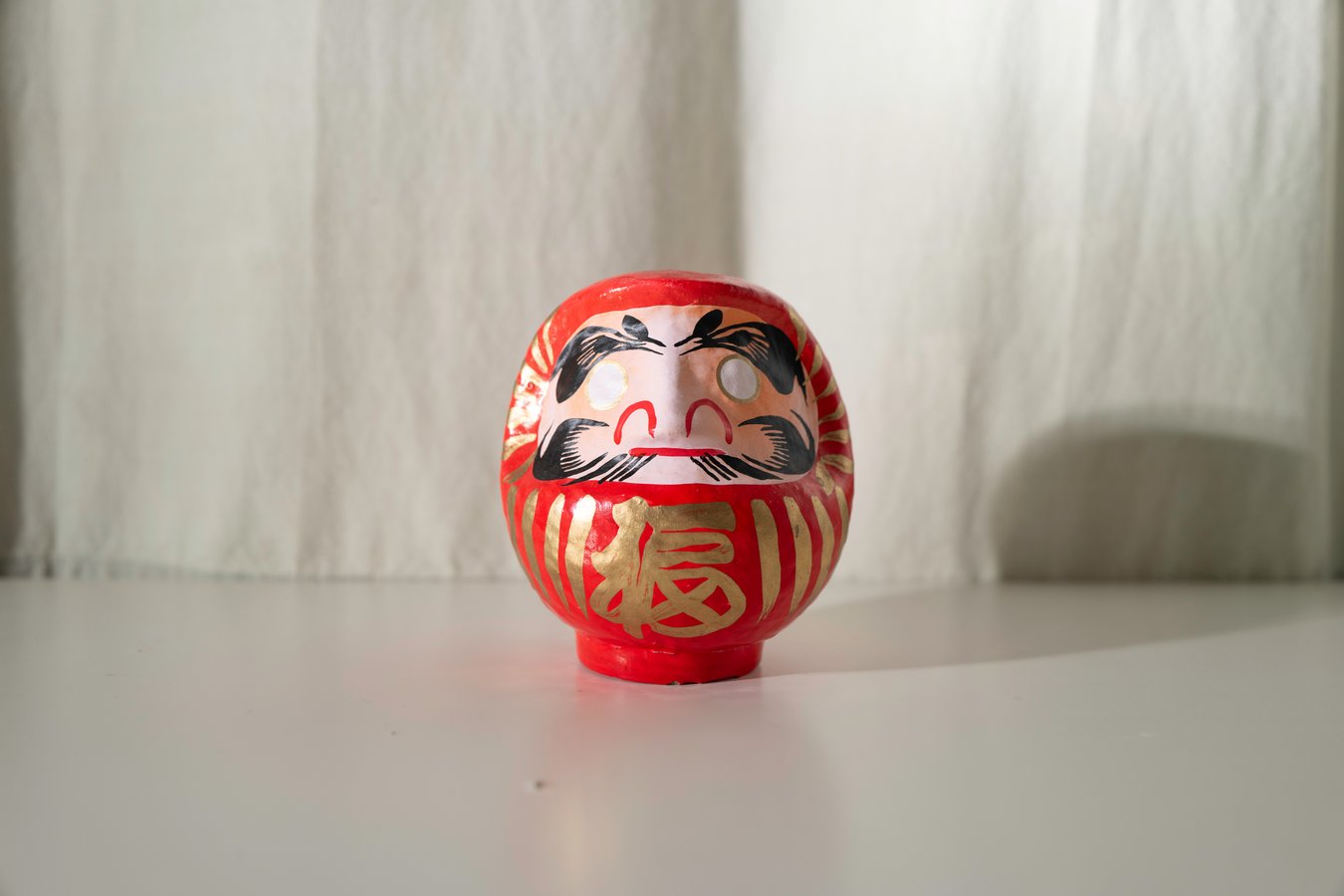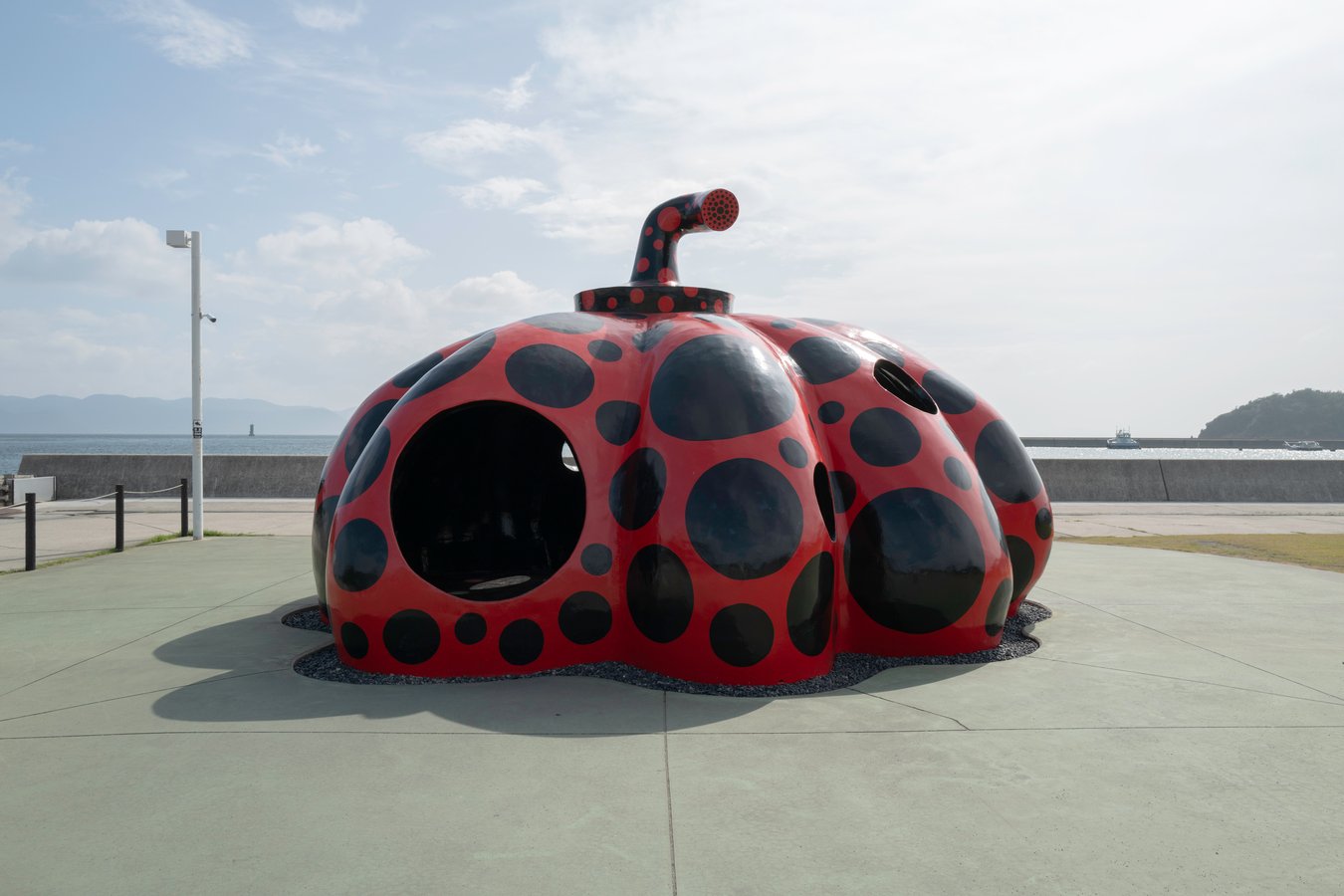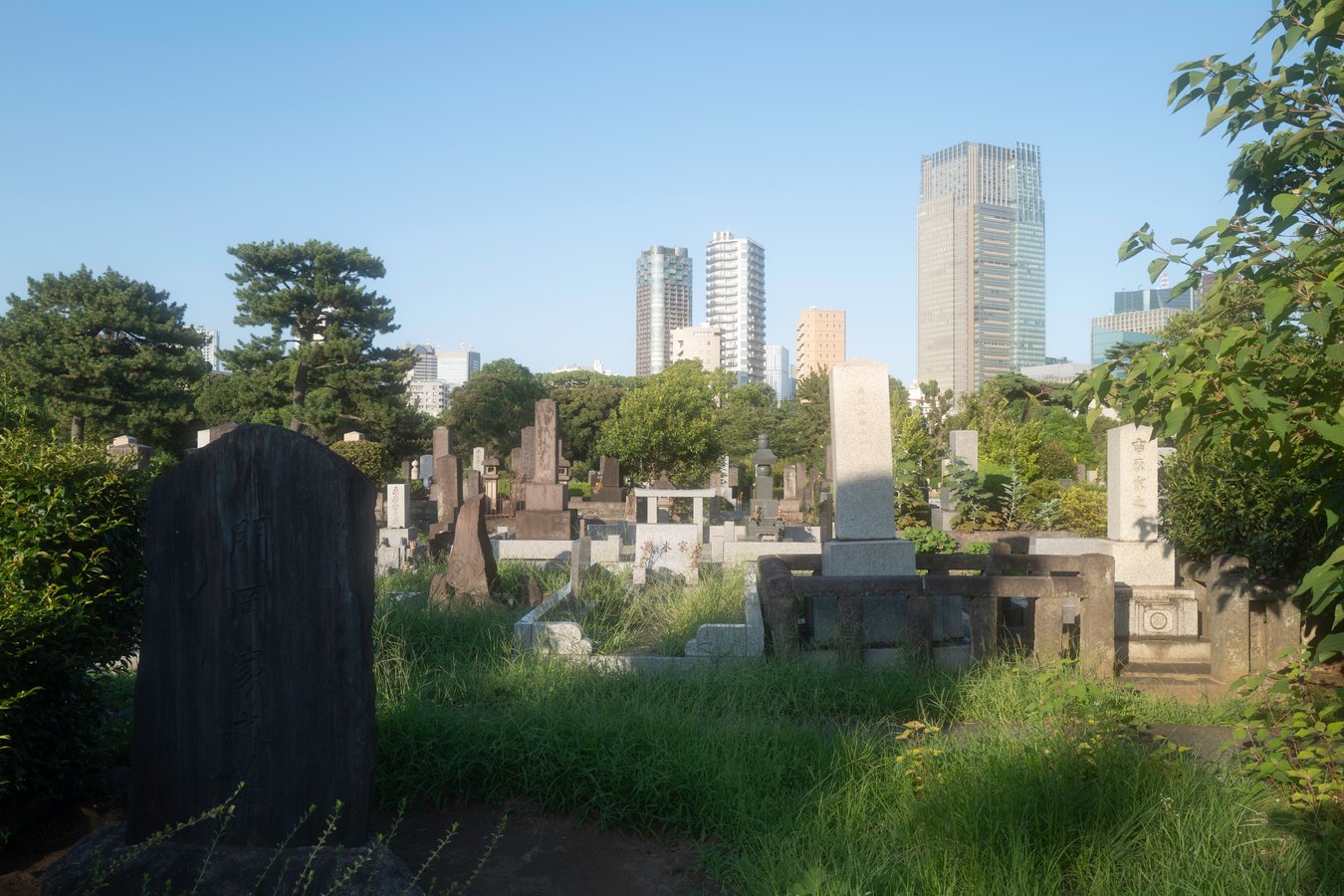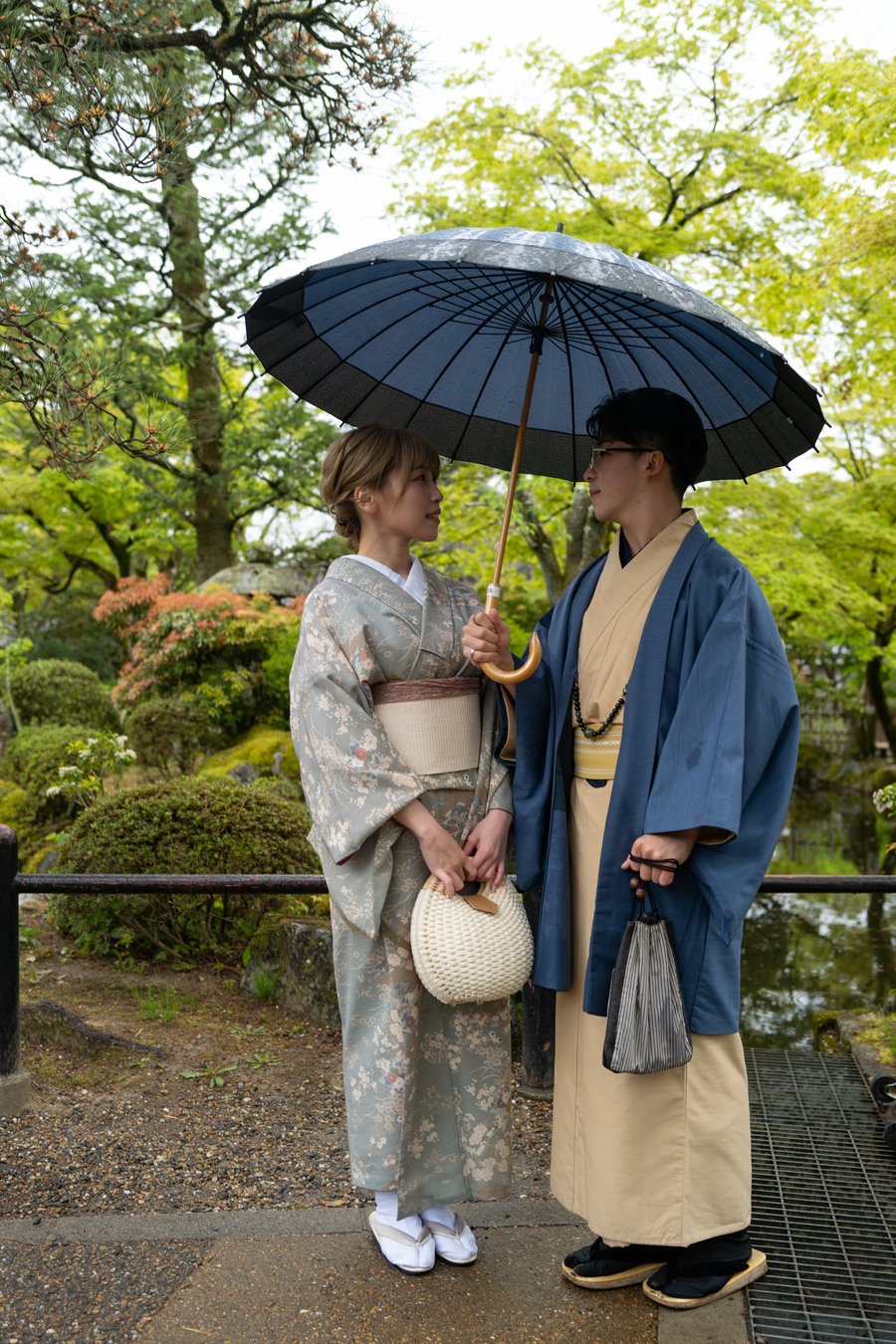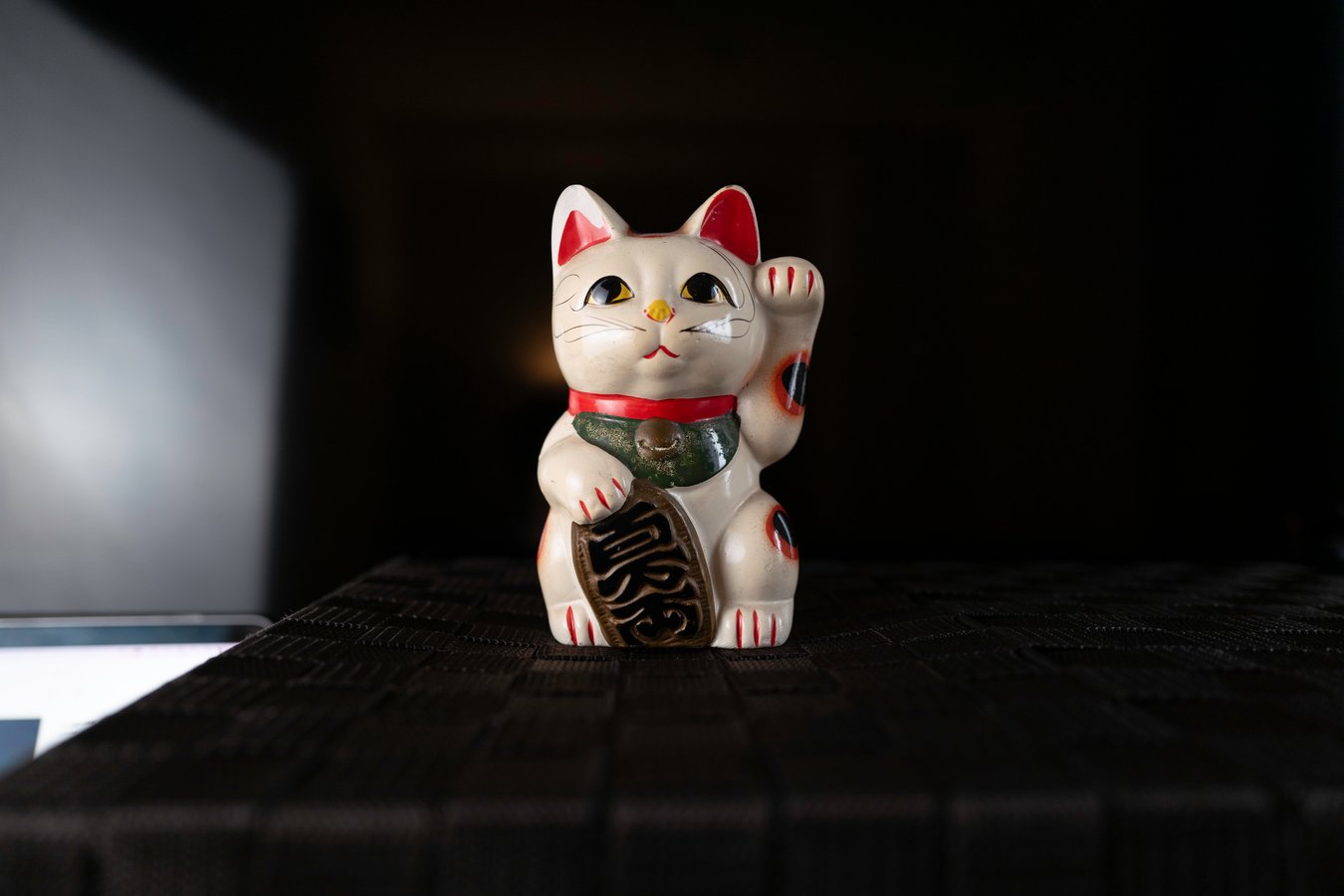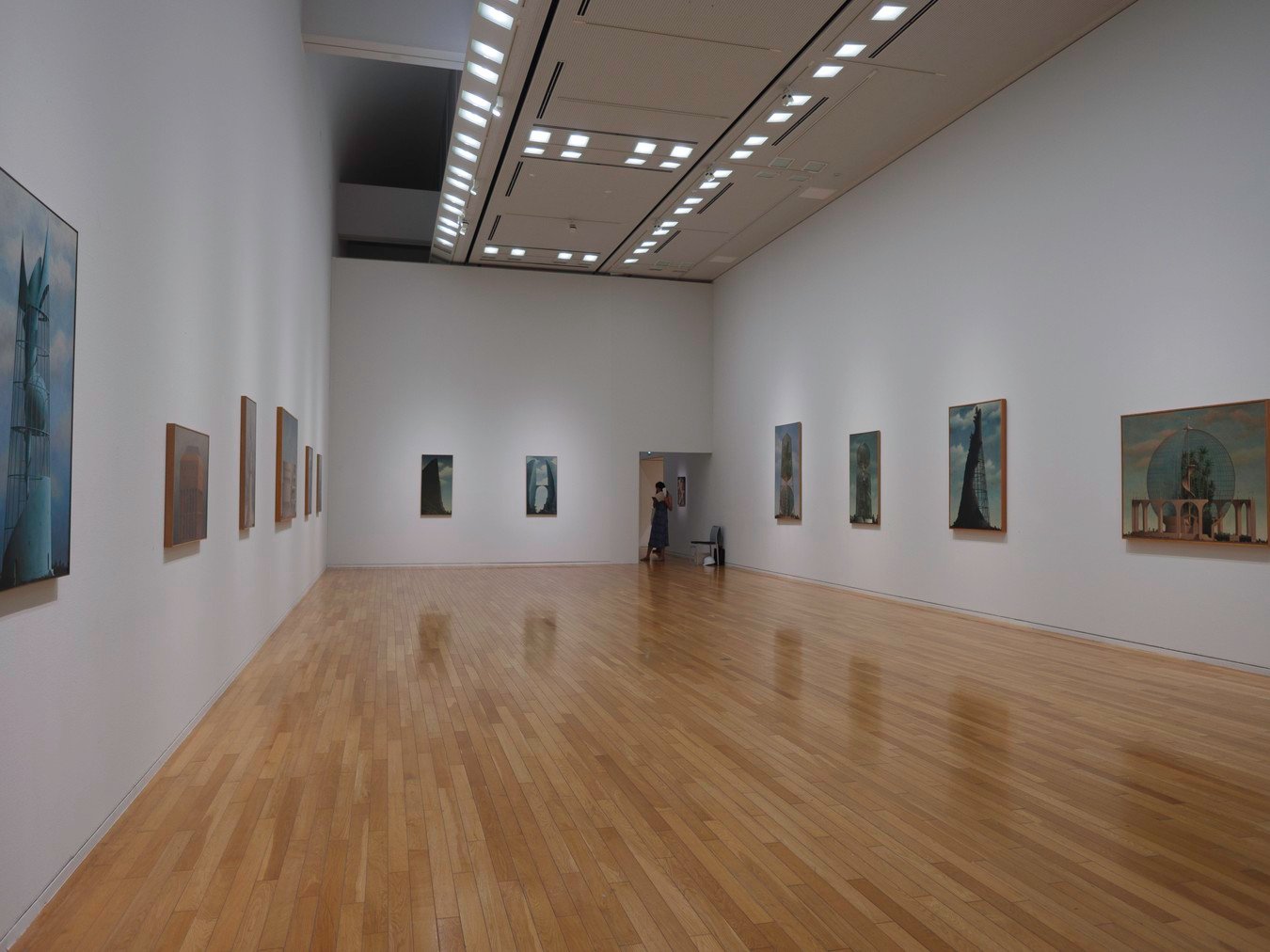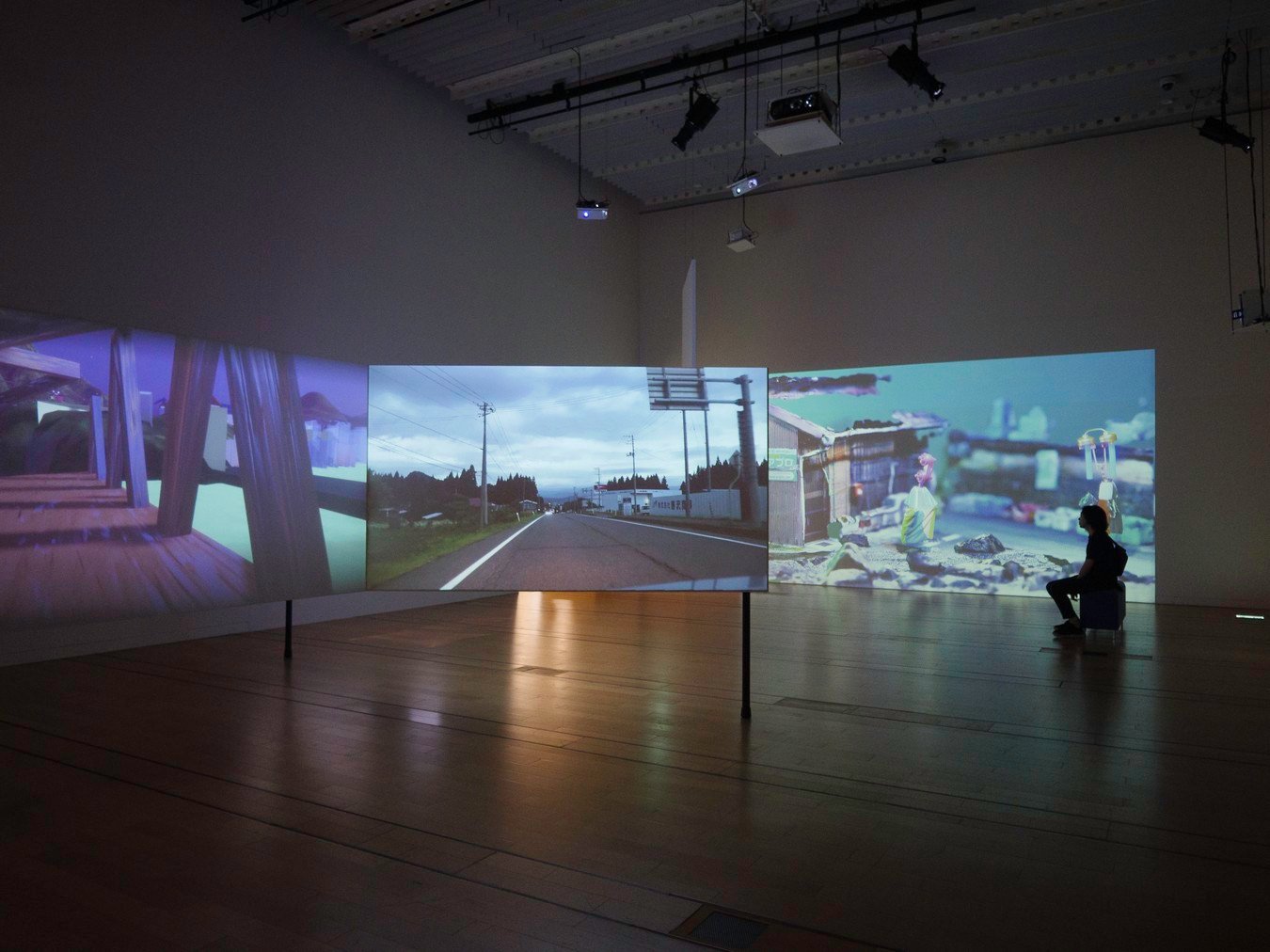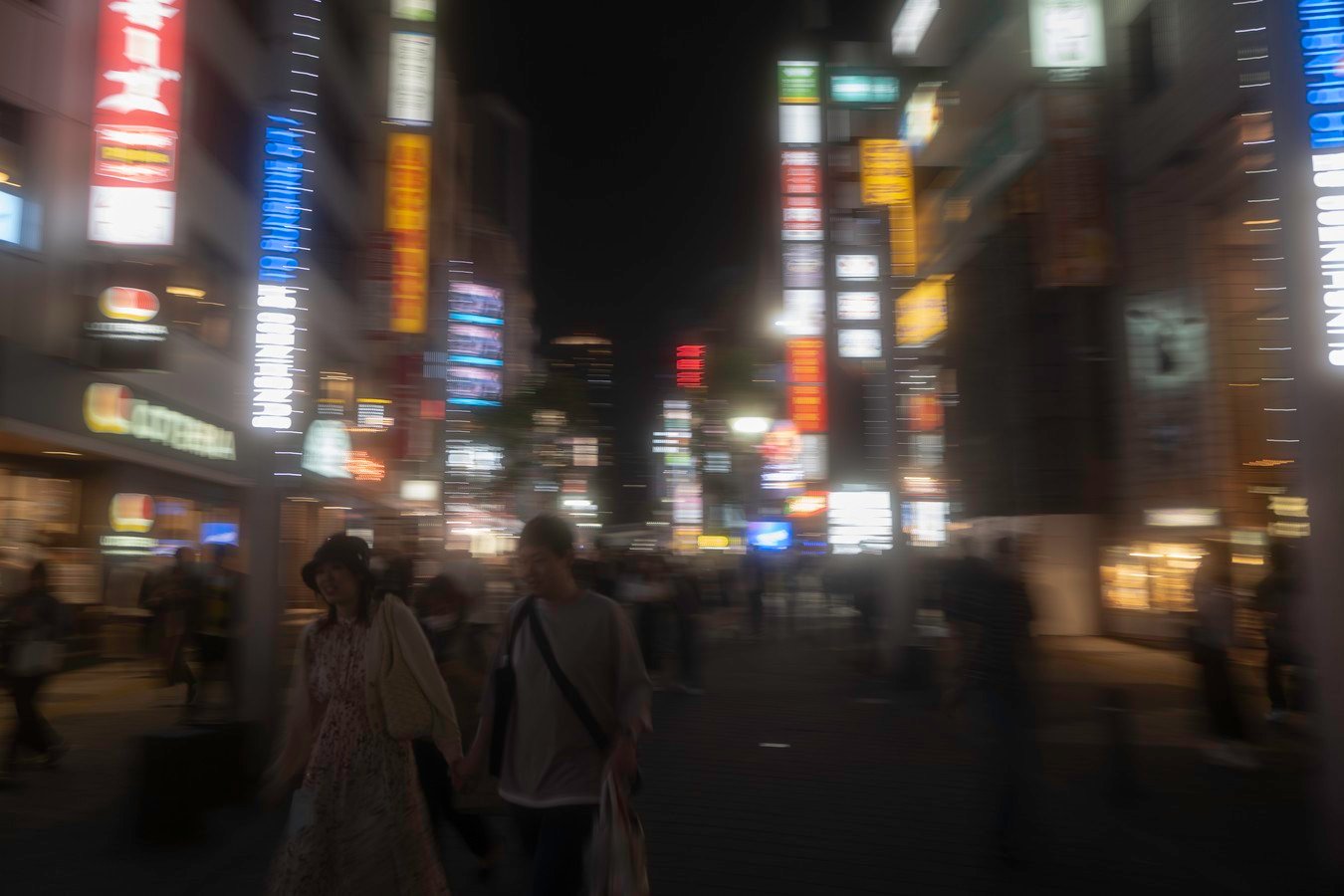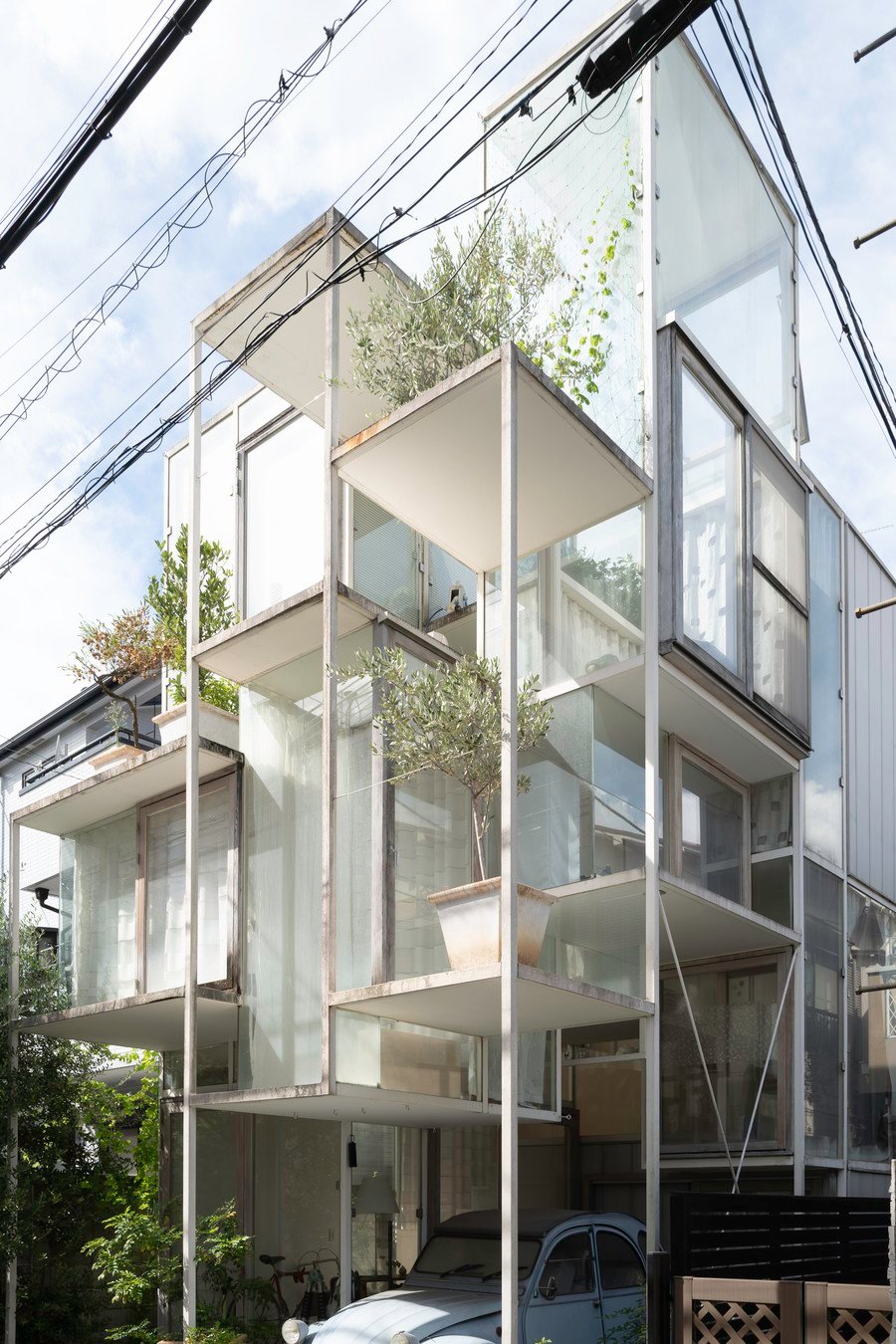Author: Giorgio Fragiacomo
-

Blue Bottle Coffee at Ginza Six: Tokyo’s Coffee Spot
Blue Bottle Coffee at Ginza Six offers specialty coffee amidst Ginza’s upscale shopping and dining scene.
-

Daruma Dolls: Tradition and Meaning
Daruma dolls are Japanese papier-mâché figures symbolizing perseverance and goal-setting, with a unique tradition of painting their eyes as part of wish-making.
-

Setouchi Triennale: Art Across Islands
The Setouchi Triennale is a contemporary art festival spanning islands in the Seto Inland Sea, blending art with rural charm.
-

Aoyama Cemetery: Tokyo’s Historic Resting Place
Aoyama Cemetery in Tokyo is a historic site known for notable graves, a foreign section, and cherry blossom viewing during hanami.
-

Kimono Rental Experience in Kyoto
Enhance your Kyoto visit by renting a kimono and exploring historic temples and shrines in traditional attire.
-

Maneki-neko: Japan’s Beckoning Cat of Fortune
Maneki-neko, Japan’s beckoning cat, symbolizes good luck and prosperity. Learn about its designs, uses, and cultural significance.
-

Tokyo Opera City Art Gallery: Modern Art and Emerging Talent
Tokyo Opera City Art Gallery hosts modern art exhibitions and features the “project N” series for emerging Japanese artists.
-

NTT InterCommunication Center: Tokyo’s Media Art Hub
The NTT InterCommunication Center in Shinjuku is a media art gallery featuring exhibitions, workshops, and performances to connect artists and scientists.
-

Ikebukuro: Tokyo’s Urban Hub of Culture and Commerce
Ikebukuro blends shopping, anime culture, and nature with iconic spots like Sunshine City, Animate Ikebukuro, and Toshima Forest.
-

House Na: A Transparent Vision in Koenji
House Na in Koenji, designed by Sou Fujimoto, features transparent walls and staggered platforms, redefining urban living with openness and creativity.

